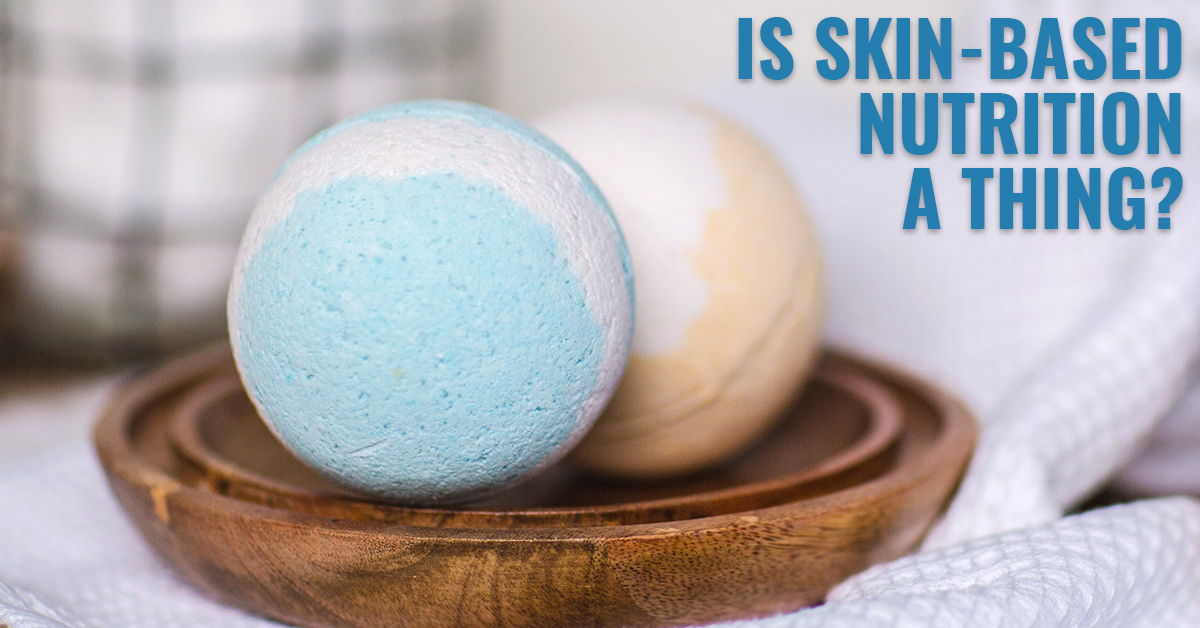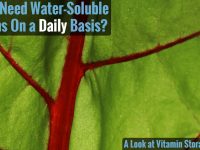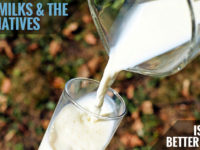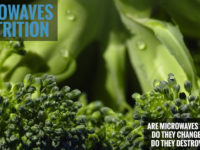Freshman year of college, my biology professor taught us about fungi. Fungi, if you are not aware, have an external digestive system; they secrete digestive enzymes to the outside of their body which break down nutrients to absorb. My professor didn’t think this was particularly impressive, though, because technically humans also have an external digestive system—ours is just a complicated series of tubes leading from the open air of the mouth to open air of the anus.
Despite technically sharing the feature “external digestive system”, it’s pretty clear that humans and fungi digest and absorb food in radically different ways. If you smear a nutrient paste on a mushroom, you’ll probably end up with a nourished mushroom (I’d check with a mycologist, first). On the other hand, if you smear a nutrient paste on your own skin nothing at all will happen. So why do products like “sodium bicarbonate lotion” exist?
This article is going to focus mostly on whether we can or do absorb sodium bicarbonate through our skin, but it’s ultimately about more than that because I’m sure this will not be the last “cutaneous nutrition” product out there. By the end of the article, I hope it’s clear what can and cannot happen—or if those are too strong of words to place upon all future science, at least what is and isn’t probable and plausible.
Defining “Absorption”
Let’s begin by defining the very thing we’re discussing: absorption.
For unicellular life, absorption is simple and consists of the successful transference of an exterior nutrient into the cell interior. For multicellular life like humans, though, this definition doesn’t really work. Certainly we could define absorption this way on a cell-by-cell basis, but nutritionally this is nonsensical. Instead, for multicellular life absorption is the transference of a nutrient into the transportation system—for humans, our circulatory system or blood.
There are two ways this can be accomplished. The first way—the way the majority of nutrients get absorbed—is through cells. With this method, an external nutrient is first transported into an epithelial cell (surface tissue cell) and then transported back out of the epithelial cell, often with a small amount of processing, into the interstitial fluid and then a capillary where it will begin circulation through the body.
The second way is to bypass the cells completely by squeezing between them and moving directly to the interstitial fluid. This method is far less common aside from special circumstances (for example, infants absorb maternal immunoglobins this way), and in adults if this is happening to a large extent it’s usually pathological in nature. Thankfully, it doesn’t happen often because our cells are tightly bound together in our epithelial tissue.
Once a nutrient is in circulation, absorption is more-or-less the same as for unicellular organisms. Our blood carries the nutrients through the body, and cells that need them take them up. You can’t slip between cells for this portion because if a nutrient isn’t physically inside the cell it cannot be used by the cell.
The Biology of Absorption
Now that we have a working idea of what we’re looking for with absorption—the movement of the nutrient into the blood—we can address the reasons why it’s physiologically unlikely that our skin will absorb sufficient amounts of bicarbonate ion (HCO3–), or pretty much any nutrient for that matter.
First, there’s a question of gross anatomy. Our skin is relatively smooth and composed of three layers of tissue: the epidermis, dermis, and hypodermis. The epidermis, our outermost layer of skin, is composed of four distinct layers of epithelial tissue, with a fifth layer found on our palms and soles of the feet. These four to five layers of tissue have upwards of fifty cells stacked on top of each other and no blood supply, which begins only in the dermis. Total surface area of skin for a human adult is also low, with only around 18 square feet on average (1.75 m2).
Our skin is a protective organ, so the thick layer of cells and minimal surface area makes sense. We’re constantly abraded by foreign objects, whether rocks, clothing, or our own skin rubbing against itself. We also want a thick layer to better filter UV radiation and prevent the undesired transmission of environmental toxins into our body, because most of the stuff we encounter in daily life is not nutritious food!
By contrast, our intestinal epithelial tissue—the primary location for absorption—is only a single layer thick. It’s also heavily folded and has many finger-like projections called villi (with individual cells having even smaller projections called microvilli) in order to increase total surface area for the 20 foot long small intestine to around 320 square feet (30 m2), or about 18x the total combined surface area of our skin.
Since the intestinal cells’ purpose is to efficiently absorb nutrients, the single layer is highly functional. For a nutrient to make it into the blood, it must only go through a single cell, and that cell will always have the machinery within to make any necessary modifications to any nutrient that needs them—for example, by binding a non-soluble lipid to a blood-soluble protein for transportation, or oxidizing an multivalent ion to the physiologically relevant valence state.
Beyond the “big picture”, we can also examine the microanatomical difference between skin and intestinal epithelial cells.
All cells have a protective membrane formed of a phospholipid bilayer, and in its “pure” state it is extremely effective at preventing most things from entering (or leaving). In fact, the only things that can pass through this membrane without aid are small hydrophobic molecules (small lipids), simple gases (such as oxygen and carbon dioxide), and uncharged polar molecules (like water). Everything else needs a special protein called a channel protein that is uniquely keyed to the nutrient.
For example, when we want to absorb glucose into a cell (whether a muscle cell or an intestinal epithelial cell), we need a channel protein specifically for the action—GLUT4 for the muscles and Na+/Glucose Transport Protein for the epithelial cell. When these channel proteins aren’t available perhaps because our insulin is low (for GLUT4) or because they’re fully saturated (or because they don’t exist in the cell), glucose cannot get into the cell.
One of the big things our cell membranes block is charged particles like ions. Throughout our body, cells use sodium (Na+), potassium (K+), and calcium (Ca2+) ions as a means of signalling, which requires our cells to carefully keep interior and exterior levels at different concentrations. When triggered, channel proteins for these ions open and momentarily alter their concentrations. If a cell loses the ability to keep ions out or in, its basic ability to function is compromised.
Since our intestinal cells are designed to absorb nutrients, their cell surfaces are carpeted with transport proteins to ensure sufficient amounts of varying nutrients can be absorbed (with greater ability to absorb nutrients we need more of, like glucose, than nutrients we need less of, like manganese). Just as important, these cells also have channel proteins on the opposite side that allow nutrients to cross back out of the cell and into the blood—a nutrient that cannot leave the absorptive cell is of little use!
Our skin cells are much less rich in transport proteins, being limited to those that are necessary for the functioning of the cell. They also are unlikely to have secondary transporters to transport a nutrient out of the cell and into the blood, since their purpose is not absorption but protection.
In sum, we are biologically opposed to nutrient absorption through the skin. As nice as it would be to have the ability to target certain body parts with topical nutrition, our skin is designed to prevent that from working.
What Can We Absorb Through the Skin?
The above is a bit of a simplification, but for the purposes of this article I think it’s a relevant simplification because the stuff we can absorb through our skin does not usually constitute “nutrition”. Instead, they are primarily drugs.
A few decades ago, we discovered that certain drugs can be absorbed transdermally, and patches were developed as medication. Some you are probably familiar with, such as nicotine patches for smoking cessation and scopolamine as an anti-nausea agent. These drugs have a few things in common, but the most important factors are that they are small, hydrophobic molecules (which can diffuse directly through the cell membrane) and that dosage is very small (since you might only absorb a few milligrams across an entire week).
This isn’t a realistic option for nutrition since most nutrients are not small, hydrophobic molecules that we only need a few milligrams of weekly. If we look at bicarbonate ion, for example—which isn’t really a “nutrient”, either, but is the focus here—the dosage is around 20 grams in an hour for a person who weighs 150 pounds. Bicarbonate is small (but charged), so it cannot diffuse across a cell membrane, and even if it could we need it in such large amounts that we could never hope to absorb enough through the skin to be helpful.
Some Final Examples
When we exercise, we lose sodium, chloride, and small amounts of potassium, calcium, and magnesium through our sweat. We must replace these nutrients through our diet, primarily sodium. We lose these ions as an excretion from a sweat duct, and if we could simply reabsorb them through the skin we would have no need to later replace them. This is not the case, however; if we absorb any (of which there is no evidence I’m aware of), it is so minimal as to not make an impact.
We can exaggerate this example further, though. Human sweat is only about a 0.3% saline solution, and there’s very little volume of it in contact with our skin at any given moment so perhaps the conditions simply aren’t right. The ocean, however, is around 3.5% saline and can fully envelop our body. At this concentration spread out across the entire surface of our skin, surely we would be able to measure a change in plasma ion concentration—but again, we cannot.
If we could absorb ions through our skin, every time we entered a body of water it would throw our blood homeostasis off. Water would be kept out, but ions would leak into our blood causing it to rapidly become hyperconcentrated and trigger a thirst reflex (at best) or death (at worst). Clearly, a horrible outcome that would have led us to a very different place where bathing in anything but distilled water would be dangerous.
Thankfully, our skin is not leaky to ions. We can bathe safely, play in the surf, and swim laps in a chlorinated pool without suffering harm—but we also gain zero benefit by rubbing a sodium bicarbonate lotion on our skin. Trade-offs, I suppose.
Don’t Waste Your Money on Skin-Based Nutrition Products
Our skin isn’t made to absorb nutrients; it’s designed to keep them out. If a product is claiming an ergogenic benefit to rubbing something on your skin, it’s either a scam or a drug—and if it’s the latter, it’s probably illegal.
As a quick final note, everything discussed in this article refers to a nutrient entering your general circulation. Skincare products also talk a lot about “absorption”, but their intent is completely different. They’re products targeted specifically at epithelial cells that are not meant to enter your blood (and would probably be bad if they did). The skincare industry is its own little black hole of misinformation, so I’m not going to comment on whether anything aside from sunscreen is effective at doing what it says it does. Maybe Climbing Dermatology is the next big project.
The main takeaway, then: eat your food, rub your sunscreen on your skin, and don’t switch the two around.













Interesting. Used to be a serious runner and I hadn’t heard of this stuff before I just googled in 10 minutes ago. Appreciate the careful explanation. Also serves as another reason to again tell my sister that, no, I am not interested in buying her essential oils.
Essential oils are actually one of those substance that maybe could penetrate far enough to make it to the blood due to their small, hydrophobic nature (depending on the oil in question). That being said, I wouldn’t expect any benefit, and most oils are pretty irritating to the dermis in more than minimal concentrations (1% or so) so the effect of applying them in large quantities would probably be negative regardless.
what about climb on skin care, is that a scam?
No, or at least not necessarily! Skin care products aren’t meant to be absorbed past the epidermis but instead provide benefits to the cells (potentially even dead ones) that are on the surface. All that being said the skin care industry is another area where product claims often exceed the science, but I can’t speak personally about Climb On’s products or cosmetic products in general.